class k fire examples
For more information about how you can utilize Class K fire extinguishers effectively to fight these dangerous fires contact us today at Getz Fire Equipment Company. For example a scorching combustible metal fire may break water down into hydrogen gas and oxygen acting as reactants for.
Types Of Fires And How To Put Them Out
Class A fires are defined as ordinary combustibles.

. Class K fires arise from flammable liquids used for cooking like vegetable and animal fat-based oils and greases. Class D fire extinguishers must be used for Class D fires which are typically found in chemical laboratories. Class F Fires Class K Fires The areas use F or K for the class of fire.
Fires in cooking appliances that. Plenty more examples. Combustion happens as the gasoline most commonly a fossil fuel reacts with the oxygen in the air to create heat.
Selecting the Right Fire Extinguisher. As a result these fires are the most common. These types of fires involving cooking oils such as in deep-fat fryers.
Wood fabric paper trash and plastics are common. Fires ignited by oil burn especially. It may in some instances exacerbate the fires intensity.
Class A fires are. Class K fires concern substances often found in kitchens. Class K fire extinguishers specifically use extinguishing agents that separate and absorb the heat elements of the firethe fuel heat and.
A Class K fire can also be known as Class F. Oils fats and kitchen greases can cause Class K fires. Vegetable oils such as safflower corn and canola.
Wood fabric paper trash and plastics are common. Class B Fires are fueled by flammable or combustible liquids which include oil gasoline and other similar materials. Both residential and commercial kitchens face Class K fire risks.
6 Class K Fire. Saponification takes place when alkaline mixtures are applied to burning cooking oil or fat creating a soapy foam on the surface. For example burning garbage will most likely produce a class A fire.
Class A fires are defined as ordinary combustibles. As you might expect these ordinary fires can be controlled. These types are fires use commonly flammable material as their fuel source.
Certain flammable metallic substances such as sodium and potassium. These types are fires use commonly flammable material as their fuel source. Class K fire extinguishers work by saponification.
Below are examples of commonly used cooking oils. Water works best to extinguish a Class A fire. They are one of the more dangerous fires to combat and.
Examples of combustibles that cause a Class A fire include things such as paper rubber wood textiles straw plastic etc. These materials are normally not found in the Medical Center.

Safepro Liquied Type Wet Chemical Class K Fire Extinguisher Capacity 4 Kg 6 Kg At Rs 4800 In Bengaluru
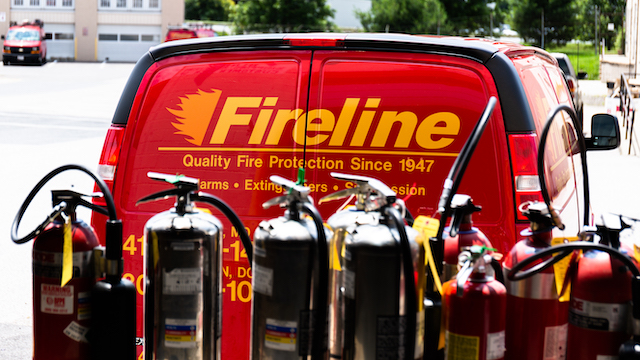
What Are Class K Fire Extinguishers Fireline

A B C K Fire Extinguisher Ratings Explained

Maine Fire Prevention Services Should You Use A Fire Extinguisher Different Types Of Fires Require Different Types Of Extinguishers For Example A Grease Fire And An Electrical Fire Require The Use

Types Of Fires Fivestarfirecle
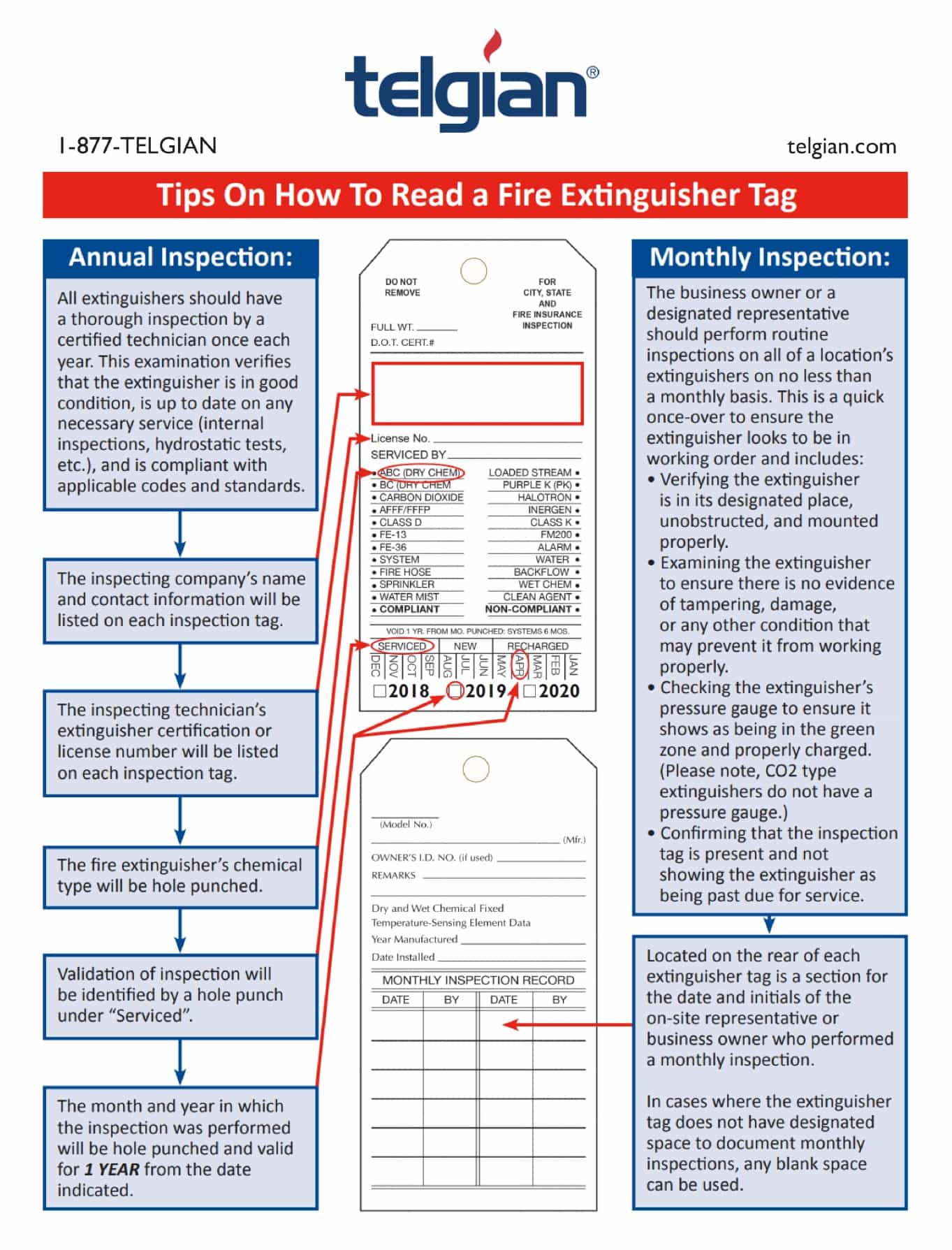
How To Read A Fire Extinguisher Tag Tips With Labeled Diagram Telgian

Classes Of Fire An In Depth Look At Fire Prevention

5 Types Of Fire Extinguishers A Guide To Using The Right Class

Fire Safety Classes Of Fire Extinguishers Cm Jha Academy Learn Railway Signalling
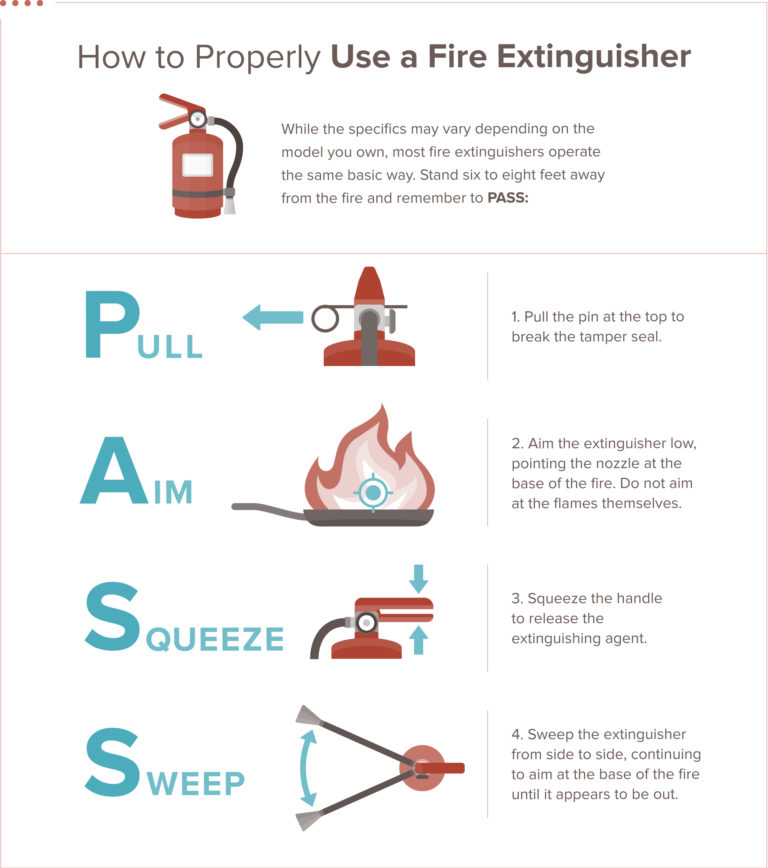
Best Fire Extinguishers Of 2022 Safewise

Fire Extinguisher Placement Guide Nfpa

Five Classes Of Fires Extinguishers That Stop Them Strike First

California Lutheran University Fire Extinguisher Training Ppt Download

Types Of Fires Fivestarfirecle

Types Of Fires Fivestarfirecle
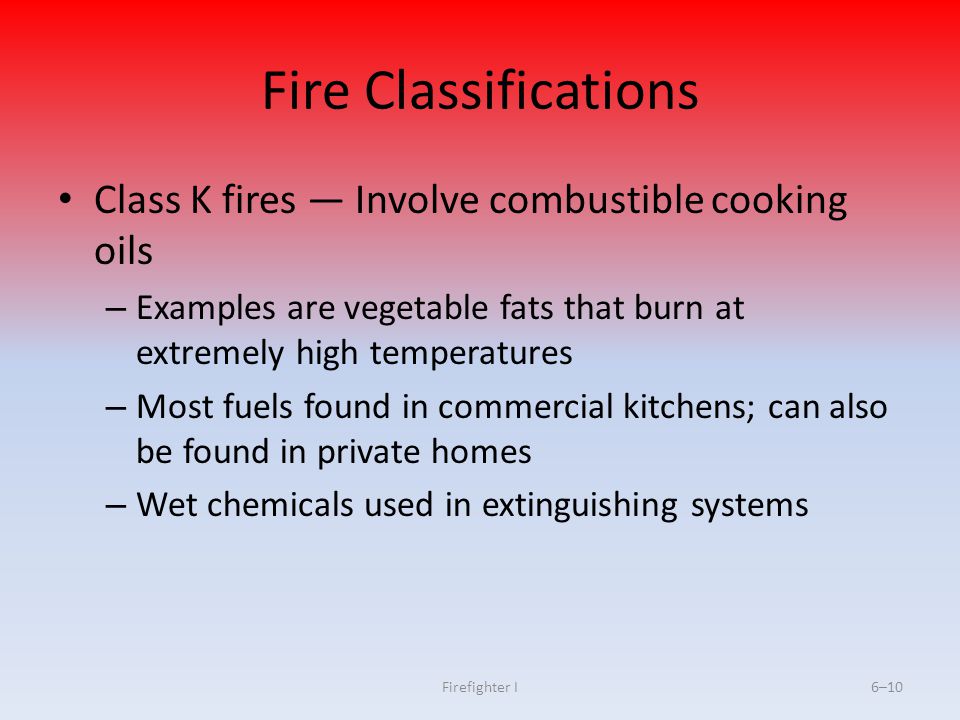
Cvfd Training Portable Fire Extinguishers Ppt Video Online Download
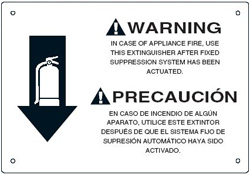
Etool Young Worker Safety In Restaurants Cooking Occupational Safety And Health Administration

